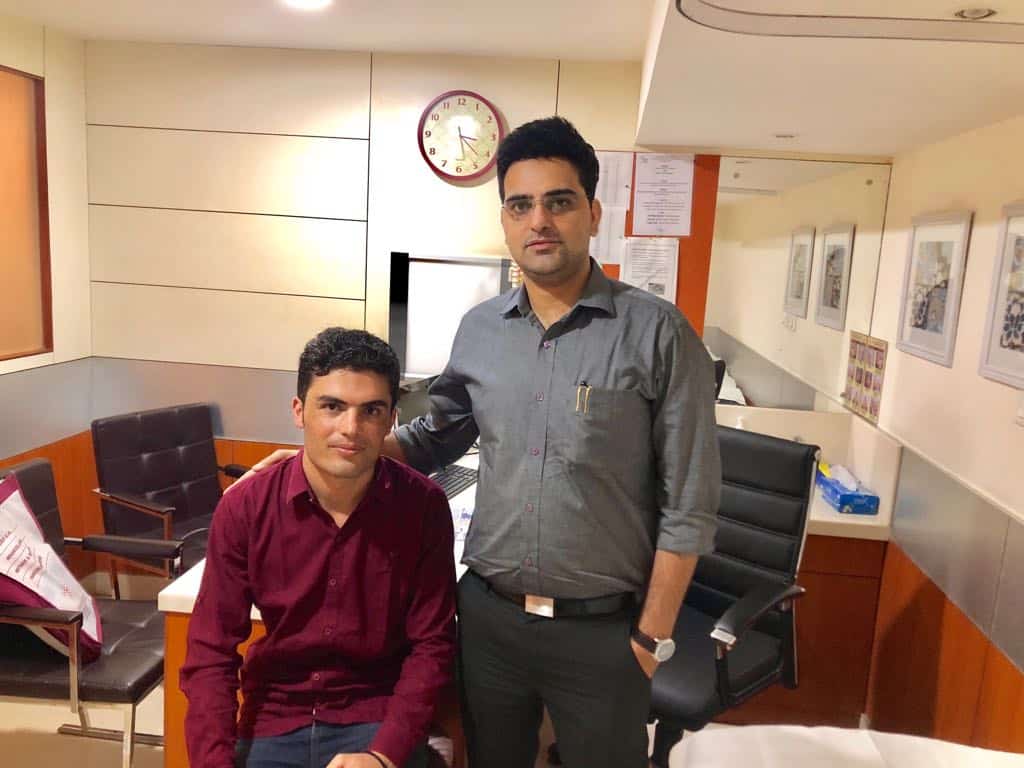Many struggling with chronic lower back or neck pain seek one thing: relief from the pain. This is precisely what can be achieved with endoscopic facet rhizotomy, an advanced minimally invasive spine procedure alleviating pain coming from facet joint syndrome or spine arthritis, since facet joints are often a primary source of chronic low back & neck pain because they are almost constantly in motion as we move about and can break down as we age and from repetitive injury.

Since facet joints are often a primary source & one of the main reason for chronic low back pain, endoscopic rhizotomy has become more and more popular and useful in western countries. Patients often feel better very quickly after endoscopic rhizotomy procedure and report that the procedure ends the muscle spasms often triggered by facet joint pain.
Advantages of endoscopic rhizotomy at a glance
- High Success rate than any procedure for facet joint pain.
- Immediate recovery
- The procedure is carried out under local anesthesia – no general anesthesia is required, hence patients with comorbidities can also go for procedure safely
- As there is almost no tissue damage, the intervention is much less cumbersome and the risk of complications is very low
- No instability, as the structures that stabilize the spine – the ligaments and joints – remain unhurt. This is a main difference to microscopic surgery technique.
- Minimal or no blood loss
- Small incision and minimal scar tissue formation
- Little infection risk, as access is through a small incision (6-8 mm).
- Already two hours after the intervention you will be able to walk without pain.
- Short hospital stay: you can go back home the day after the intervention.
Conditions Can Endoscopic Facet Rhizotomy Treat?
Lumbar Endoscopic Facet Rhizotomy
- Chronic low back pain
- Facet hypertrophy
- Facet joint arthritis
- Facet joint injuries
- Failed back surgery syndrome
- Whiplash syndromes
Cervical Endoscopic Facet Rhizotomy
- Chronic neck pain
- Facet hypertrophy
- Facet joint arthritis
- Facet joint injuries
- Failed back surgery syndrome
- Whiplash syndromes
What postoperative care is necessary
There will be a follow-up examination the day after the intervention. During the first two weeks lumbar support may be advised, which sustains your back and will soon allow for resuming daily activities. It is recommended to start exercises after 2 weeks. Simultaneously you might gradually resume your sports activities.
When can I go back to work
After 3-5 days you can resume simple office work and slight physical work. You shouldn’t do any hard physical work during the first 2 weeks and then only gradually increase.
Consult Spinomax Pain & spine to find out if you are right candidate for Endoscopic Rhizotomy from best spine & pain specialists.





